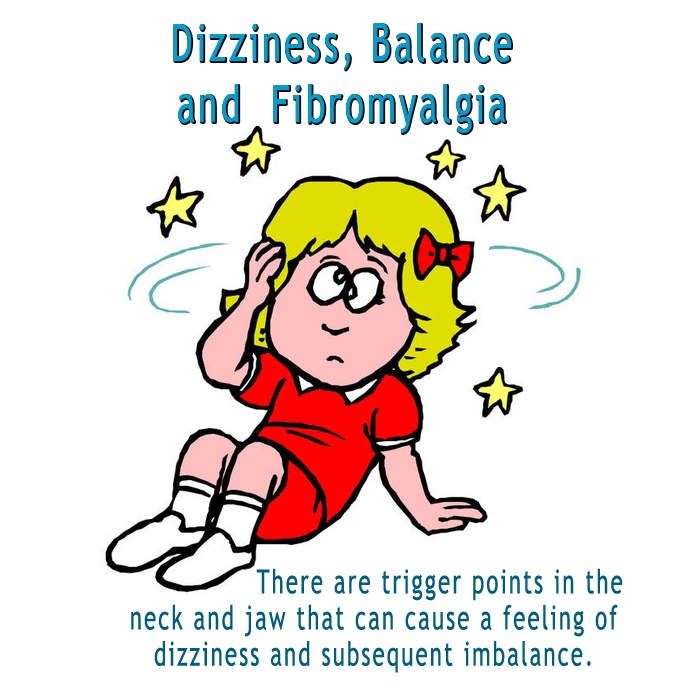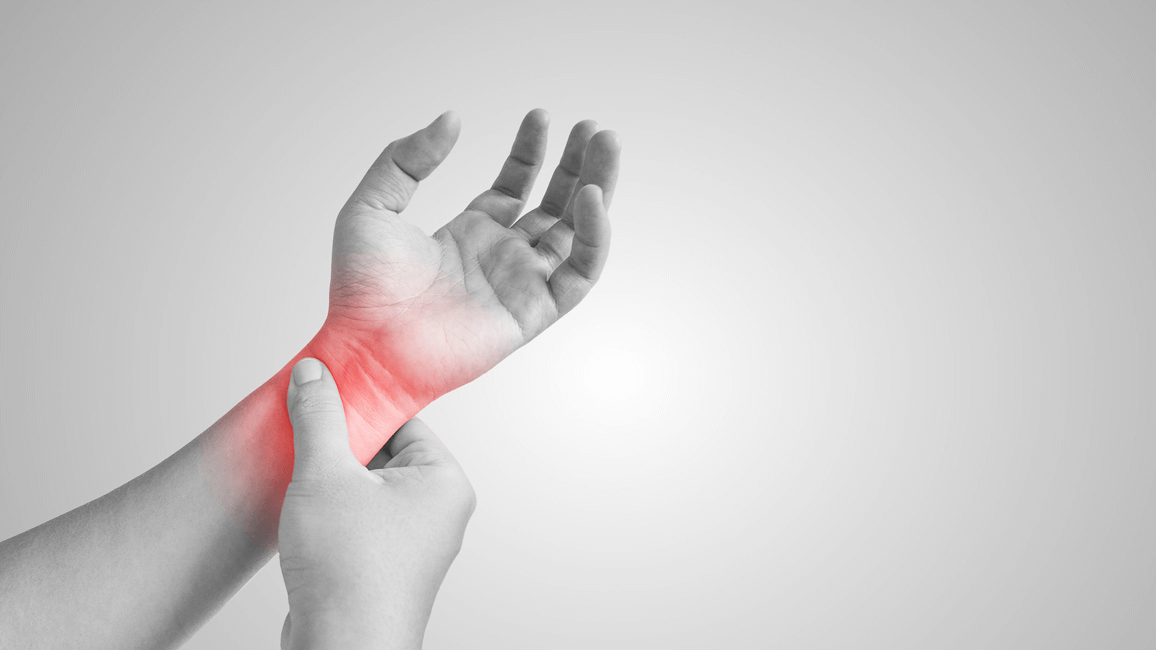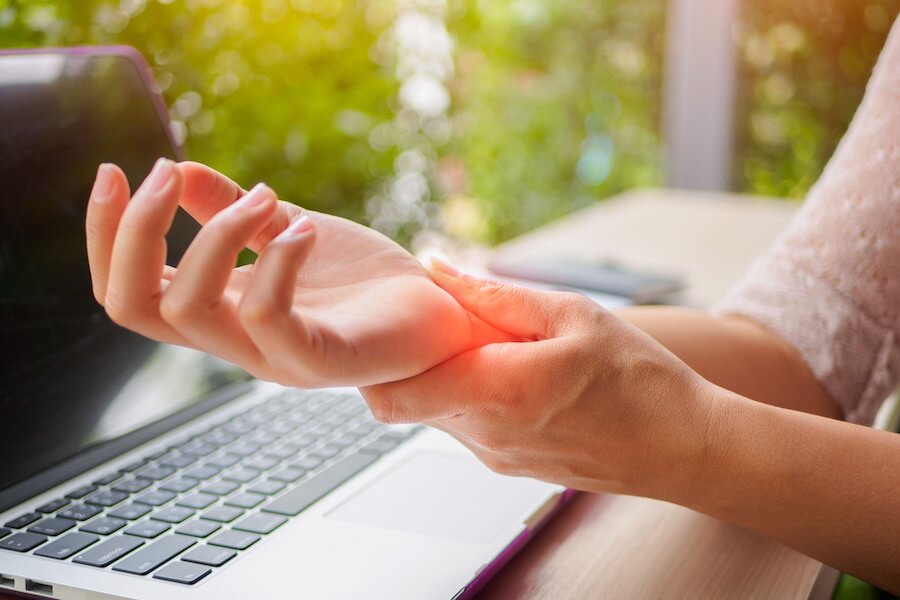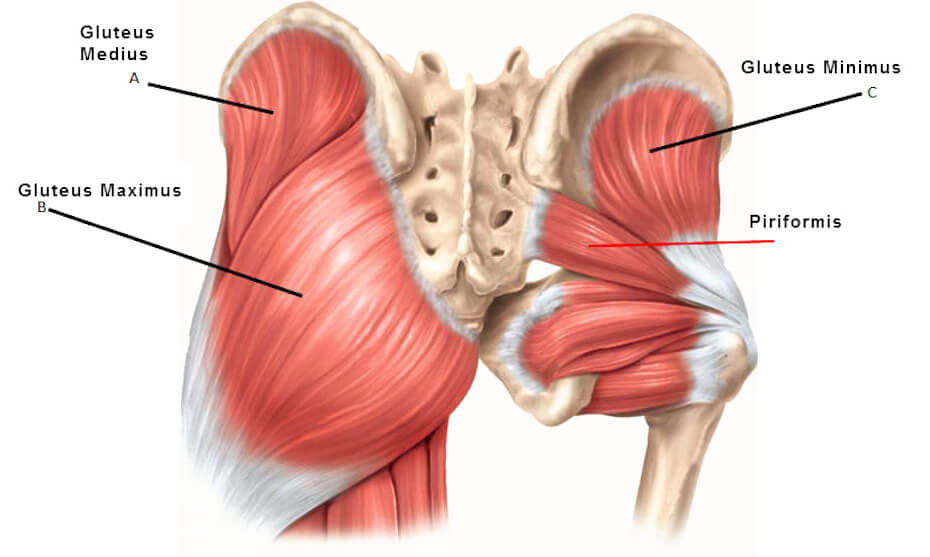Avoiding Plantar Fasciitis This Summer

The spring and summer weather has finally arrived after two months of cold, overcast skies, and rain. The favorite footwear during the warm weather is sandals and of course the popular flip flops.
Though flip flops are great poolside and by the beach they play a part in creating a common foot ailment called plantar fasciitis. Plantar fasciitis (PF) is heel pain or pain on the underside of the foot. It is caused by a strain or inflammation of the main ligament on the bottom of the foot, the plantar fascia. This condition, while not serious, can become very painful and make normal activity and exercise very difficult.
The most common cause for PF is wearing shoes with little or no support for extended periods, and overexertion. Flip flops and sandals without a back strap are particularly troublesome because our toes are constantly gripping the sandal to keep it on our foot. This creates a tightness in the calves and a shortening of the muscles. These contracted muscles then pull on the ligament attachment at the beginning of the heel creating plantar fasciitis.
Myofascial release is quite effective in treating this condition, and in releasing muscle spasm throughout the body. To avoid PF wear supportive shoes for any exercise and when on your feet for an extended period.
Let’s have a pain free summer if possible.



 Carpal Tunnel Syndrome is a painful condition which is caused by pressure on the median nerve in the wrist. The carpal tunnel is a narrow passageway surrounded by bones and ligaments on the palm side of your hand. The symptoms can include tingling, pain, numbness, and weakness in the hand and arm.
Carpal Tunnel Syndrome is a painful condition which is caused by pressure on the median nerve in the wrist. The carpal tunnel is a narrow passageway surrounded by bones and ligaments on the palm side of your hand. The symptoms can include tingling, pain, numbness, and weakness in the hand and arm.
 Carpal Tunnel Syndrome is a condition that creates pain, numbness and tingling in the wrists, arms, and hands. It is created by pressure on the median nerve which passes through the carpal tunnel in the wrist to the hand.
Carpal Tunnel Syndrome is a condition that creates pain, numbness and tingling in the wrists, arms, and hands. It is created by pressure on the median nerve which passes through the carpal tunnel in the wrist to the hand. On my trip to Savannah last week, I had a very nice conversation with the woman sitting next to me. When I told her that I was a bodywork therapist; she asked if I knew of Piriformis Syndrome. Though I knew something about treating it, I was intrigued to do more research.
On my trip to Savannah last week, I had a very nice conversation with the woman sitting next to me. When I told her that I was a bodywork therapist; she asked if I knew of Piriformis Syndrome. Though I knew something about treating it, I was intrigued to do more research.
 Sciatica is a painful condition which begins in the lower back and radiates down one or both legs sometimes into the feet. It is caused by pressure on the sciatic nerve which extends from the lower back down the back of the leg.
Sciatica is a painful condition which begins in the lower back and radiates down one or both legs sometimes into the feet. It is caused by pressure on the sciatic nerve which extends from the lower back down the back of the leg. The sciatic nerve originates from the lower spine and goes down the side of the leg to the foot. When inflamed or compressed it sends intense pain down the buttocks to the back of the leg and foot. It can also cause numbness or tingling and difficulty walking or standing.
The sciatic nerve originates from the lower spine and goes down the side of the leg to the foot. When inflamed or compressed it sends intense pain down the buttocks to the back of the leg and foot. It can also cause numbness or tingling and difficulty walking or standing.